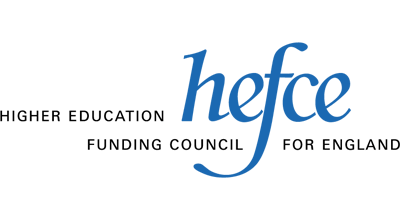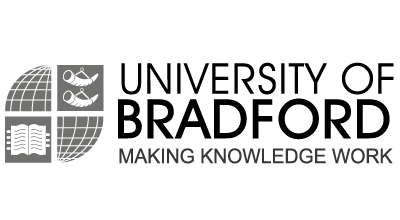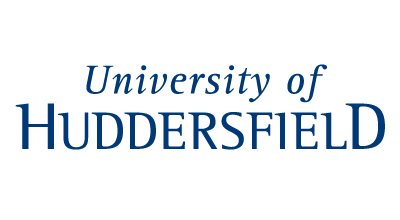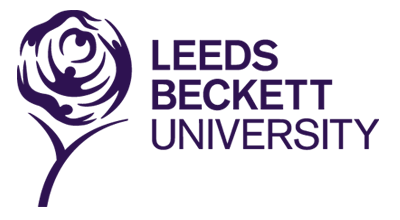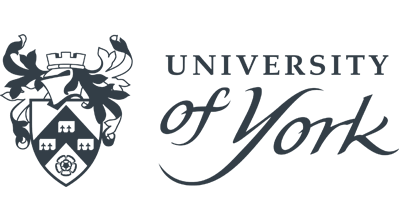Date published: 10/10/18

Employing Artificial Intelligence for Gait Classification
- Name: Viswadeep Sarangi
- Current Organisation: University of York
- Current Position: PhD Research Student
- Secondment organisation: Florida Atlantic University
My name is Viswadeep Sarangi and I am a PhD Research Student at the University of York in the Department of Electronic Engineering. I am interested in exploring the latest in artificial intelligence with the aim of creating a machine that can help the diagnosis and physio-rehabilitation of people suffering from gait impairment diseases (like Parkinson’s, Osteoarthritis and Stroke).
My decision to apply for the secondment comes after an extremely successful experience of a previous Translate secondment, where I gained a greater understanding of the potential of Artificial Intelligence (AI) in gait analysis. Through this secondment I was given an opportunity to observe the current practices of clinical gait analysis at the Addenbrooke’s Hospital in Cambridge, this allowed me to gather an understanding of the strong points and shortcomings of what’s done in hospitals today. With my background in technology and AI, I could see a huge opportunity for improvement of the current practices through use of automated intelligence for analysing one’s walking patterns.
To test my hypothesis of AI being able to differentiate between different styles, I designed an experiment where I recorded men and women walking on a treadmill, and only recorded the movements of their skeletal systems (essentially hiding any obvious cues of giving the gender of the walker away). I then invited people to observe the walking skeleton and guess the gender of the person to whom the skeleton belonged. Simultaneously, I trained an AI system to learn the gender of the person from the skeletal motion. I tried many different AI approaches before setting on a particular version of Neural Network as my choice of the AI. Humans were able to identify the gender with an accuracy of about 73%, while AI could guess the gender much better with an accuracy of 88%, just from learning the skeletal motions.
The results showed that AI could be useful in diagnosing a condition from analysing gait pattern and that it might also pick up subtle hints which may be missed by the human eye. This existing collaboration with Cambridge University’s Addenbrooke’s Hospital provides a fast track way of testing out my developments and learnings on home ground.
After the successful results from my secondment I made the decision to apply for another one. I wanted to explore the potential of AI after the patient has been diagnosed with a certain condition, in the context of rehabilitation and physiotherapy. In my previous data collection, I discovered that people react to external visual and sound stimulus in a way which changes their gait. I want to use AI to quantify the change and analyse if the change in gait is same for everyone. If it is, then we have an AI based physiotherapeutic intervention as part of recovery.
Florida Atlantic University (FAU) would be perfect for this, the AI research group there has been working on state-of-art neural networks for a very long time, gathering and maturing the knowledge required to build the perfect AI for our purposes. FAU is also a portal to access the clinics in the local area for easy data collection, testing of new developments and receiving expert medical advice and feedback from clinicians and physiotherapists. The secondment will give me an excellent opportunity to bring their technology and expertise back to the York City Region.
This secondment will help me push the boundaries of application of AI in clinical gait analysis and physiotherapy, providing round-the-clock advice, diagnosis and detailed reports on patient progression in therapy.


